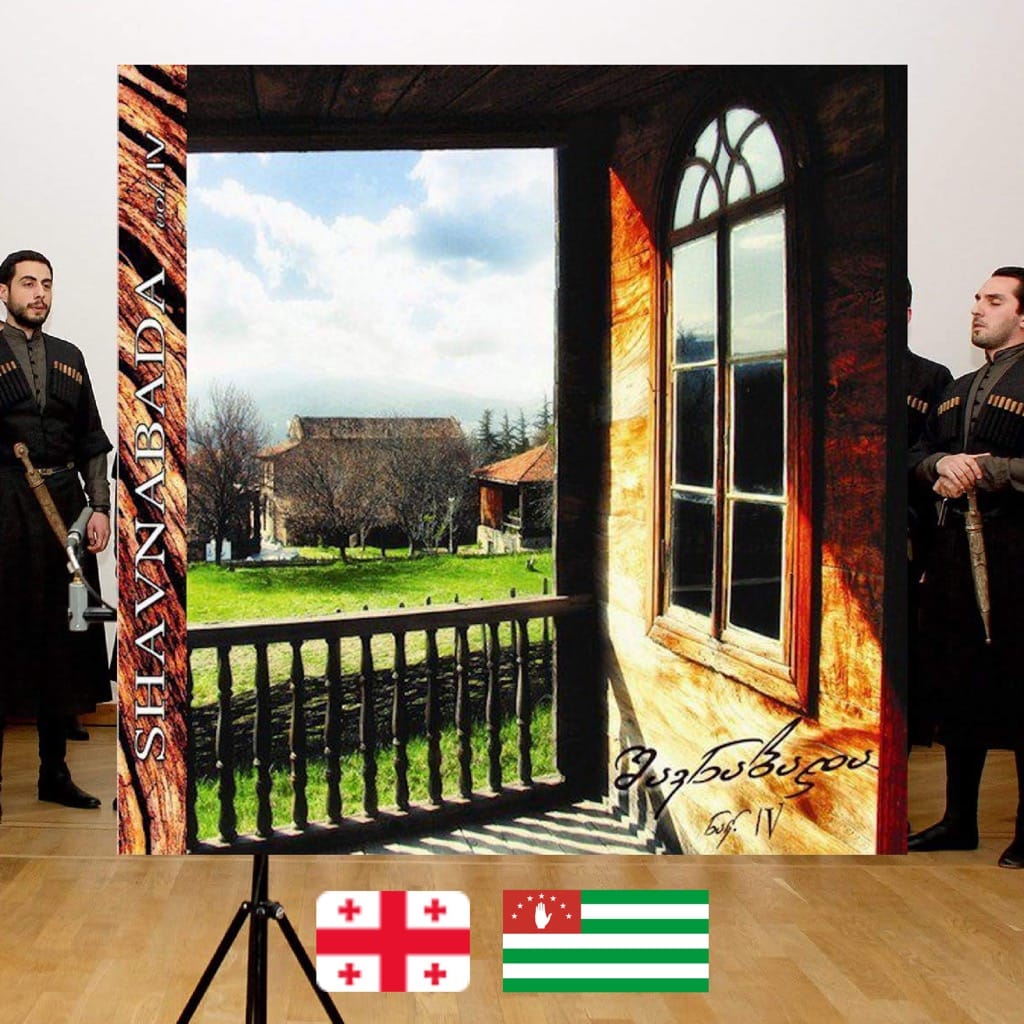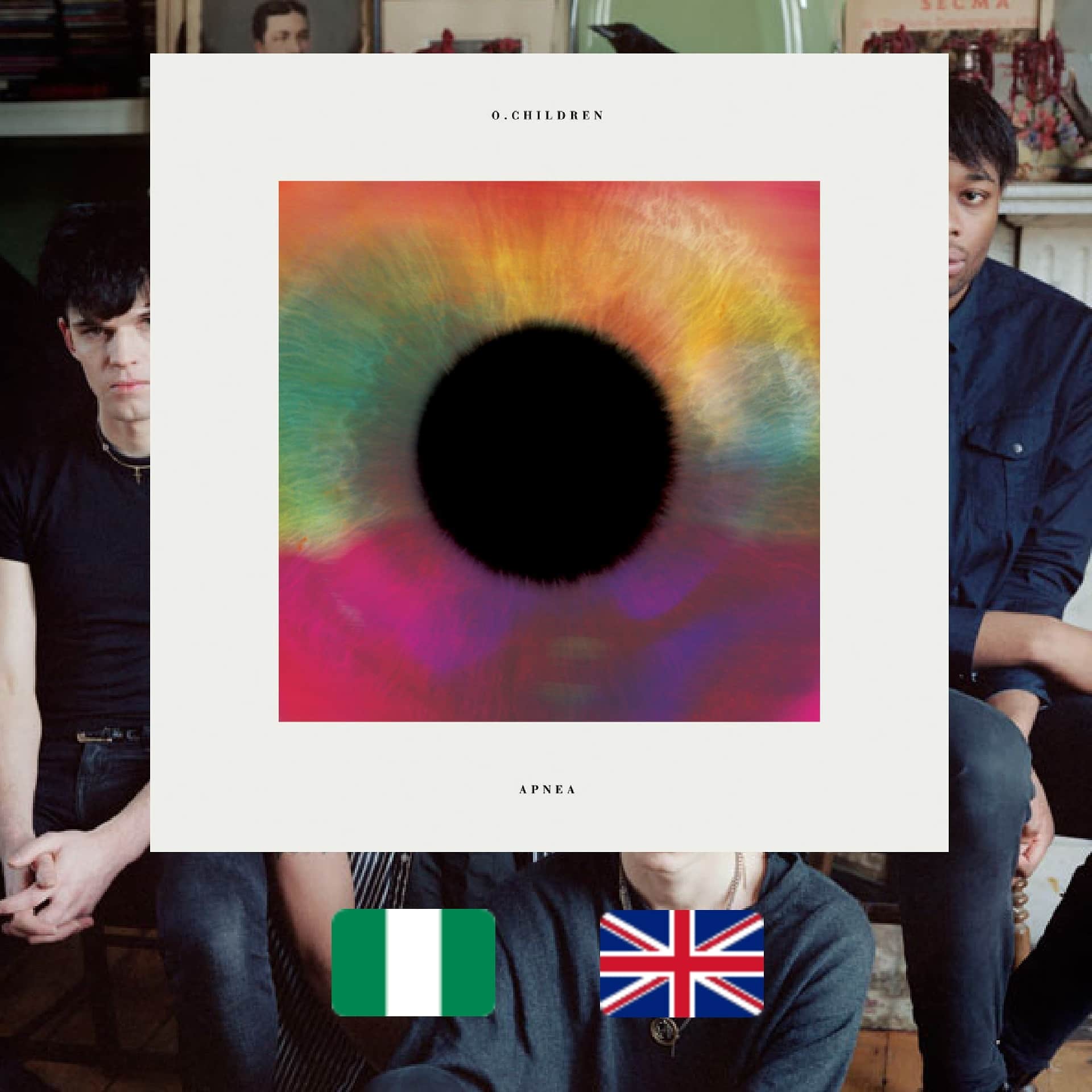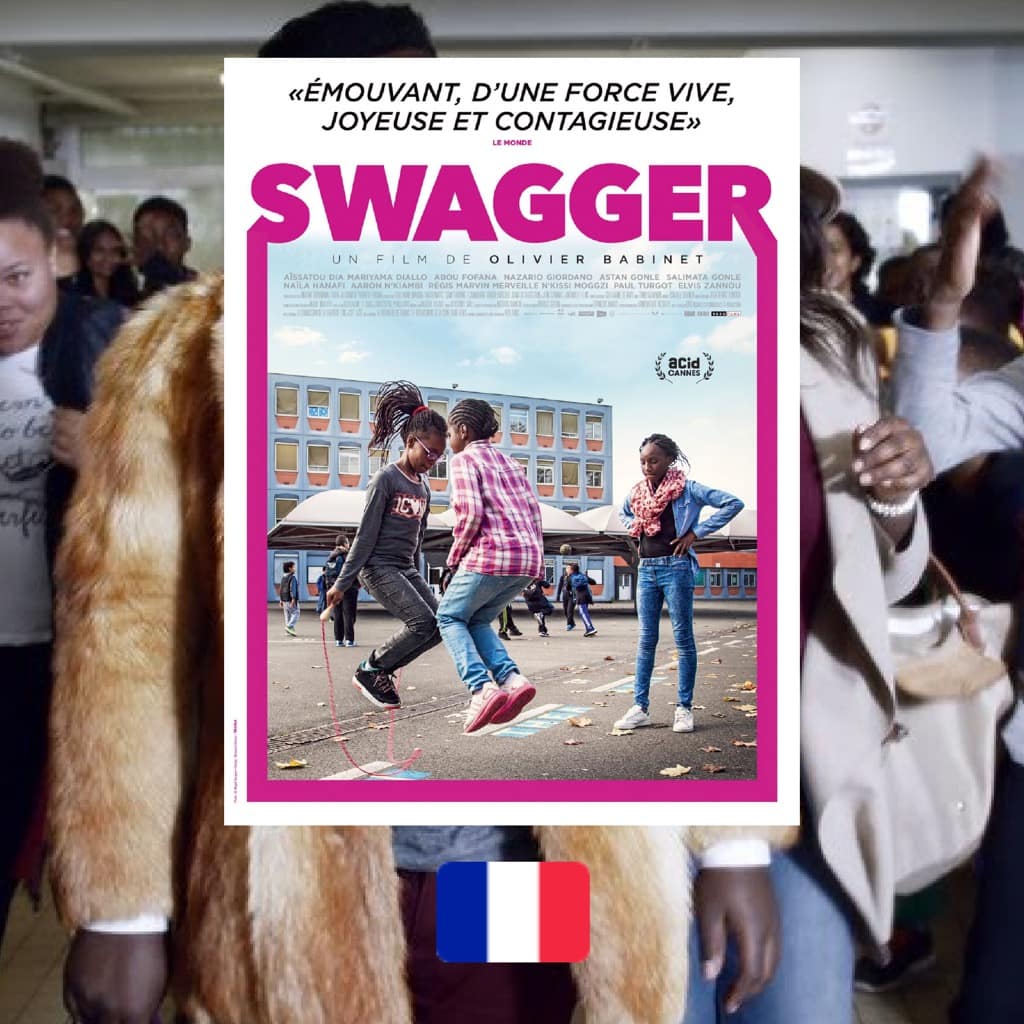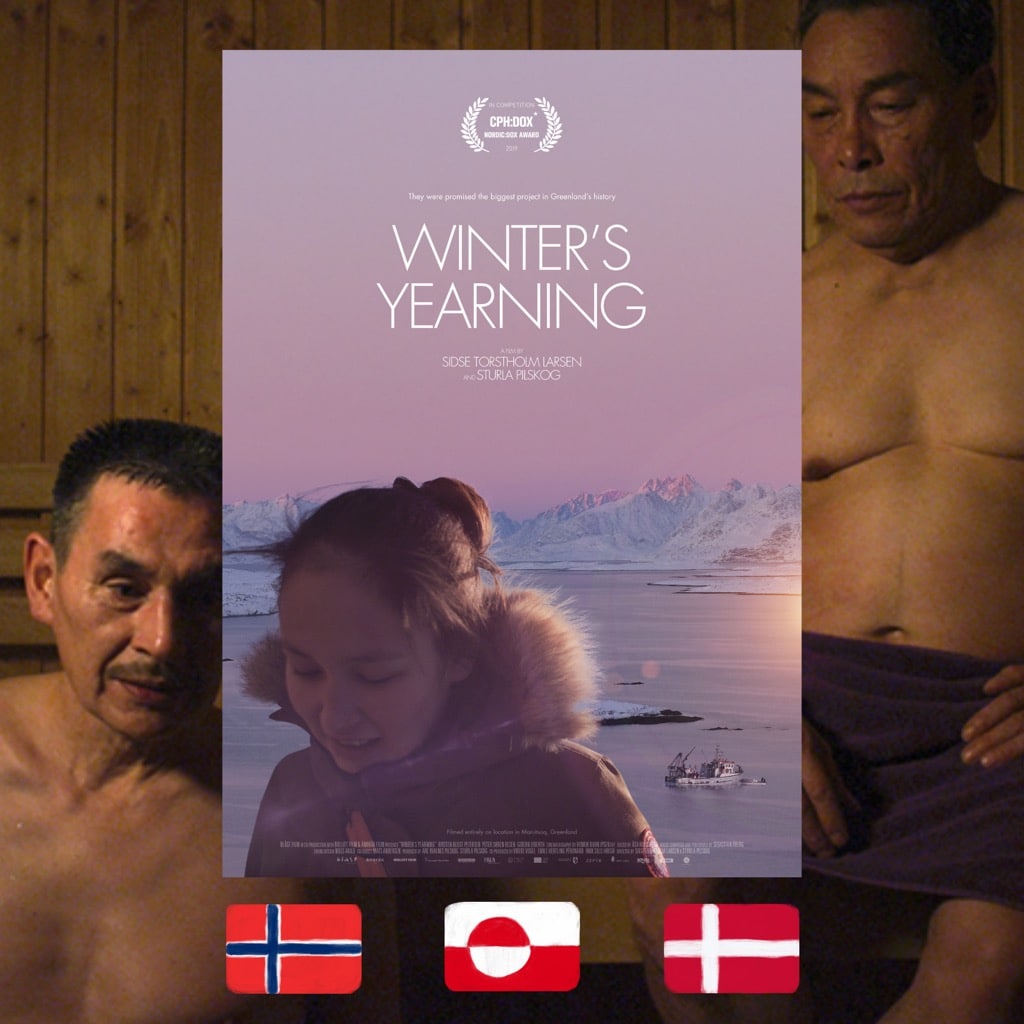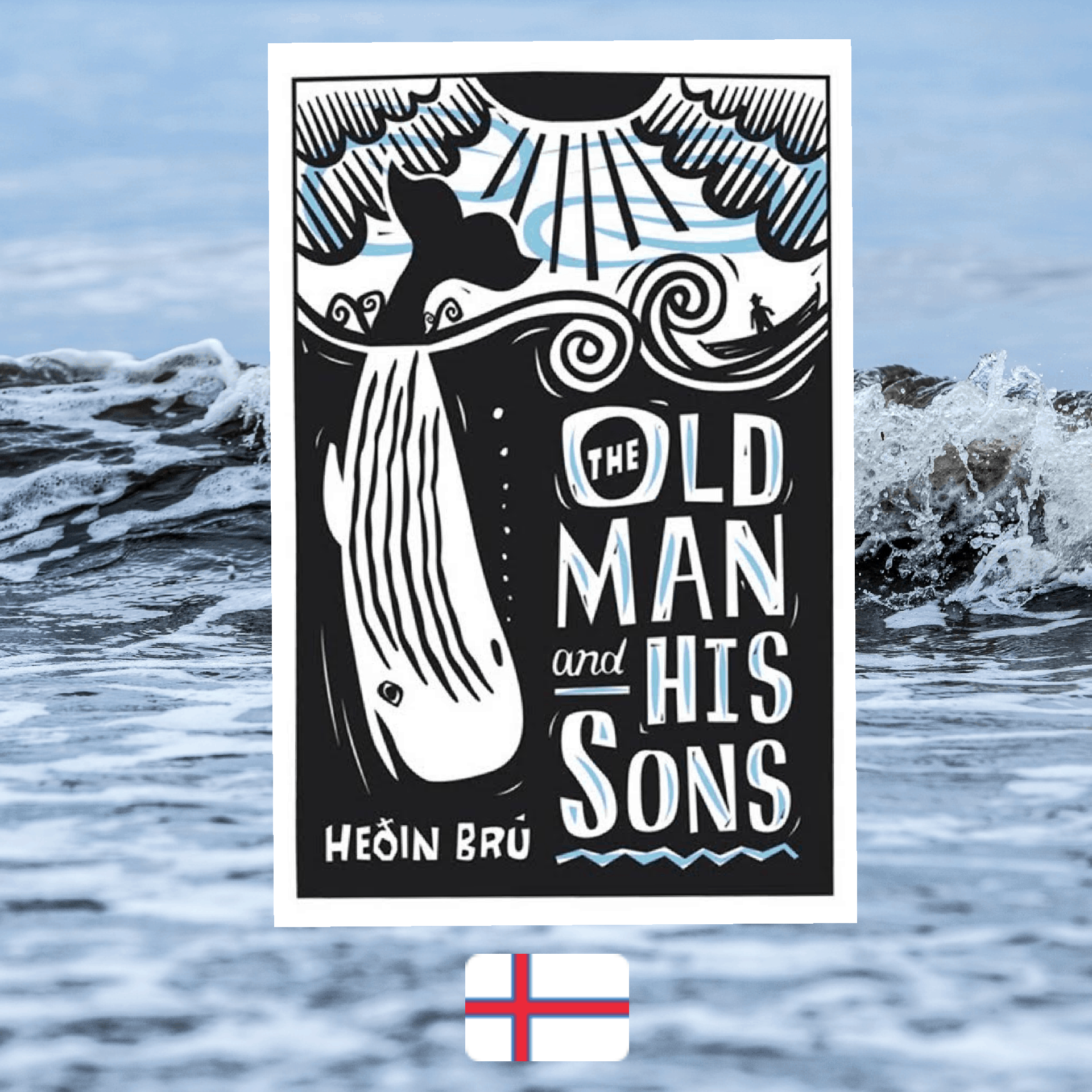A luminous documentary about a female beekeeper, who seems to have found harmony with nature, becomes an allegory for humanity when extraneous forces threaten the fragile ecosystem
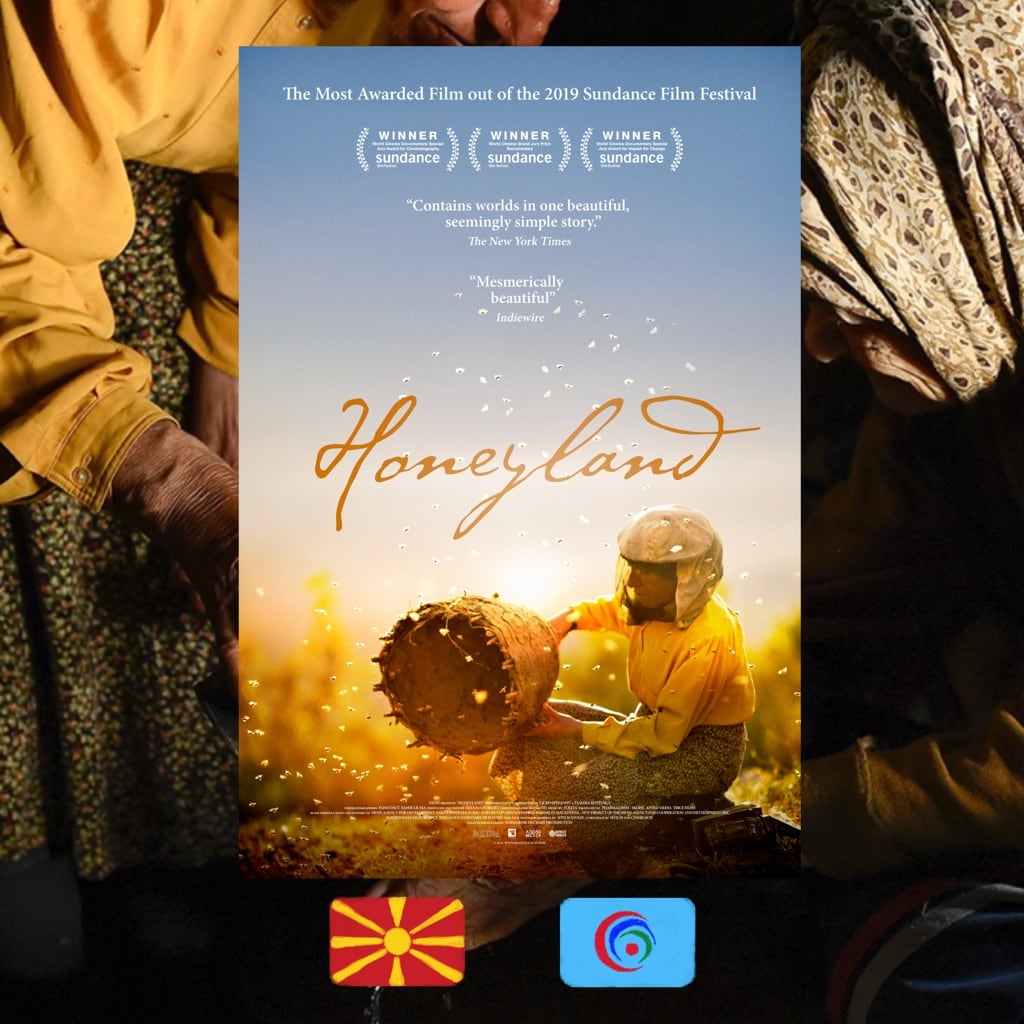

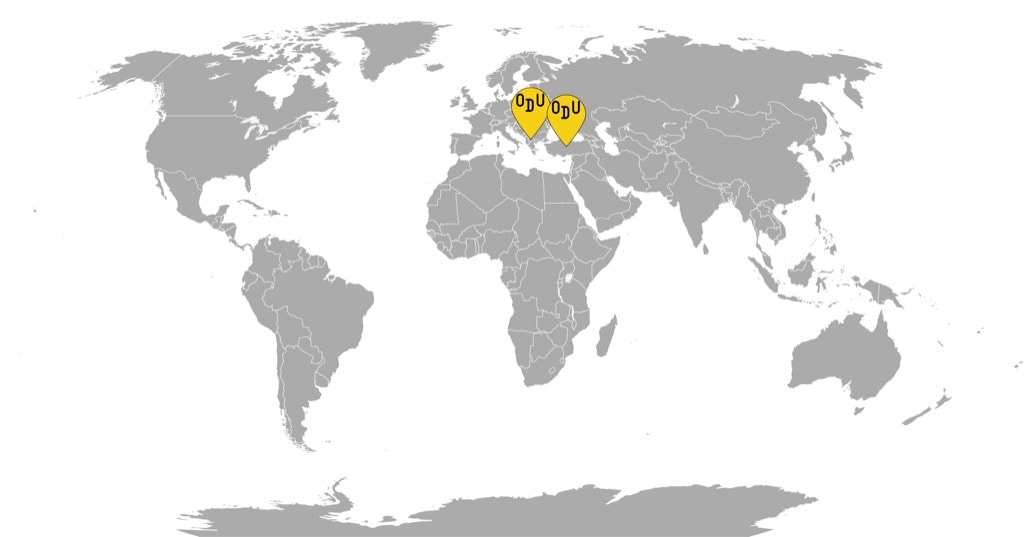
FROM MACEDONIA and YÖRUK PEOPLE
WHAT IT’S ABOUT: Hatidze Muratova lives in the remote mountainous part of Macedonia with her frail and blind elderly mother, Nazife. Everyone else has left, there are no roads, no electricity, no running water, but nature is boundless. Hatidze is the last in a lineage of non-industrial beekeepers, still operating in an old-fashioned way, as has been the tradition for generations. Honey is carefully, sparingly harvested from wild bees, and sold in minimal batches at the nearest market—four hours away on foot. The Muratovas’ isolation is broken when an itinerant family, the Sams, arrive next door. Husband Hussein, wife Ljutvie, and their brood of seven children become a fascinating distraction for Hatidze, whose charming personality doesn’t get enough wear in her seclusion. But when the Sams’ cows refuse to graze on the local grass, Hussein’s attention is drawn to beekeeping. As the pragmatic man dives into the new pursuit and eschews Hatidze’s ethical concerns, the friendship is fractured, and the ecological balance in which Hatidze and the bees had coexisted for the past few decades is threatened.
WHO MADE IT: Macedonian Ljubomir Stefanov is a veteran of environmental communications and documentary making, with a career spanning over 20 years. A much younger Tamara Kotevska joined him a few years ago to work on a short film project. And then, while on an assignment to make a documentary about the ecology of a river going through the center of the country, they encountered handmade beehives in hard to reach areas. After asking around, the filmmaker duo finally approached Hatidze Muratova, the last remaining beekeeper from her Yörük clan. Even though she spoke Turkish, and Kotevska and Stefanov did not, through their haphazard communications, they realized that Hatidze was not shy and was willing to share the story of her life with a broad audience. After filming for three years and accumulating a couple of hundred hours of footage with the glorious cinematographers, Samir Ljuma and Fejmi Daut, Stefanov and Kotevska proceeded to edit the film, while slowly translating its dialogue. And the story they discovered turned out to be even more poignant than what they’d expected after being dazzled by Hatidze’s personality Since then, the film has been on a festival tour, where it snatched many awards, including three at Sundance and an Oscars shortlist entry. Hatidze has been making special appearances at the screenings, too. Her mother, Nafise, unfortunately, died after the filming, which, however, allowed Hatidze to move to another village to be closer to her brother and other relatives, where she can still engage in beekeeping but also be safer and warmer in the winter. The filmmakers were able to purchase a house for her with the proceedings from the film. They’re also helping the Sams, who had their eighth child on the day the film was screened at Sundance. You can pitch in, too, by donating on the films page. A donation of over 30 dollars will get you a jar of Honeyland honey in the mail.
WHY DO WE CARE: The main draw and the crown jewel of the documentary is Hatidze Muratova herself. Watching her get animated, when she chats up a market vendor, a next-door kid, or persuades her mother to eat a banana, is an experience in itself, as her face lights up, switches from a mischievous smile to endearing shyness, to an all-knowing calm. With a perfect posture and a rare, ancient beauty to her, she is regal but at ease with her surroundings, whether she’s in the city, or hopping across a waterfall to get to one of the beehives. I might be a little prejudiced, because I kept recognizing the women from my family and my childhood in her, from a strong visual resemblance to that bounce in her step, that I observed in a great-aunt climbing the roof to fix it. But it’s that unadulterated vision of a strong woman hero, a nature faerie and an artisanal powerhouse, that we need to return to in our quest for global feminism, too long obscured by rich white westerners with empowerment mass-produced by other, enslaved women. And even though it isn’t pegged as such by the creators, or by the critics, “Honeyland” is a compelling feminist narrative. It’s most apparent in the juxtaposition of Hatidze and the patriarchal family unit of the Sams, where the Ljutvie is forced to fear and be submissive. A single woman who carries on the practice of her forebears, Hatidze seems like an outlier, and oddball, somewhere between a weird aunt and a witch, although it turns out that she has a better grasp on trade and a more sustainable model of living. But after communicating with the Sam children, Hatidze starts reflecting on her own life and loneliness and engages her mother in a dialogue, which bares the painful truth that her parents had rejected suitors for a younger Hatidze’s hand in marriage. Whether it was because the family had her fixed to continue the beekeeping, or for some other reason is unclear, but the situation, which stirs a longing for unrealized probabilities in Hatidze, is a reversal of the usual “family not career” model. The Muratovas are part of the nomadic Turkish Yöruk people, where women have a different role in society from that in the mainland Turkey, Macedonia itself, or what’s the usual baseline in the Abrahamic and post-colonial world. And this invites a wider discussion of what women can be in the world, and what they already are—especially in societies that are not industrialized, where there is much to learn from in the time of the impending ecological catastrophe.
WHY YOU NEED TO WATCH: A lot of the things about “Honeyland” happened by chance, from the initial encounter with Hatidze to the majority of the plot points that Kotevska and Stefanov felt drawn to without really understanding what was happening until much later at the editing table. And perhaps it’s the same stroke of kismet that makes “Honeyland” such a beautiful and devastating parable about the world we inhabit. All the systems that one radicalizes against in the 21st century are portrayed, simplified, and made descriptive, even though there is little that would tangibly unite any of the big city protestors with Hatidze. But it’s precisely because Stefanov and Kotevska take us back to the pre-industrial setting that we’re able to see through uncomplicated but vivid examples that led us to be where we are now in the events of the 19th century—what Marx had warned against. However, because they are shown through human stories, each of the sides is made more thorny than anything reflected in theory, with much attention paid to nuance. Hatidze’s emotional intellect dictates her holistic, humble relationship with nature. But this sustainability is also made possible by the austerity of her simple life, which both exemplifies a lofty ideal for anyone ecologically-conscious and presents a threat to Hatidze herself when the harsh winter descends upon her remote dwelling. Meanwhile, Hussein Sam is shown through his increasing desire for output, although he is, undoubtedly, not an industrialist oligarch, just a man with mouths to feed who takes on an exploitative opportunity when others fail. What makes this parable so powerful, perhaps, is that there is no moral to sum it up, no clear lesson, just a throbbing, buzzing chunk of humanity with all its grey zones and inconsistencies. Propelled by dreamy cinematography and sincere sympathy for its subjects, “Honeyland” is a work of staggering beauty and a priceless encounter with an exceptional human.
Honeyland, 2019
Directors: Tamara Kotevska and Ljubomir Stefanov
For more content like this sign up for our weekly newsletter
WATCH THE TRAILER


